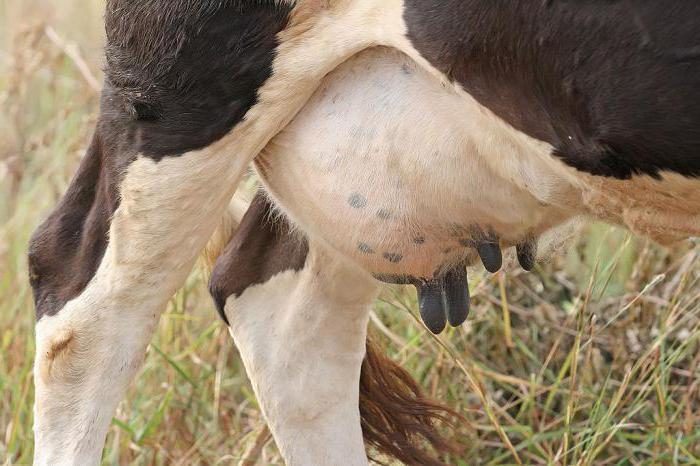 As part of the transition to project management of the economy, the authorities of the Republic of Kazakhstan developed long-term sectoral programs with a period of ten years or more in the main areas of the agro-industry, in particular the program for the development of meat and dairy farming, poultry farming and irrigated land.
As part of the transition to project management of the economy, the authorities of the Republic of Kazakhstan developed long-term sectoral programs with a period of ten years or more in the main areas of the agro-industry, in particular the program for the development of meat and dairy farming, poultry farming and irrigated land.
The basis of the Livestock Development Program will be small family farms. The Concept of the Program, in essence, will be based on a cluster approach - in the form of cooperation with key companies, consisting of farms for growing cattle, industrial feeding grounds and modern meat processing complexes.
It is planned to create more than 80 thousand family farms engaged in cattle breeding, sheep breeding and horse breeding, expand the area of pastures from 58 million HA to 100 million HA, increase the number of cattle to 15 million head, and sheep to 30 million. The project participants will be offered separate support conditions: priority allocation of land plots, concessional lending to farms for purchase of livestock, purchase of machinery and equipment, and creation of pasture infrastructure.
In general, the draft state program provides for the implementation of ten tasks. This includes food security, access to finance, optimal taxation, increasing the efficiency of land and water resources use, access to markets and export development, agrarian R&D, transfer of technologies and development of competences of agro-industrial enterprises, technical equipment and production intensification, quality of public services and digitalization, development rural areas.
Earlier, the head of the Republic of Kazakhstan, Nursultan Nazarbayev, in his Message to the people of the country instructed the agroindustry to achieve the task of dramatically increasing labor productivity and increasing export of processed agricultural products for at least 2.5 times over five years.
Based on the kvedomosti.ru.

